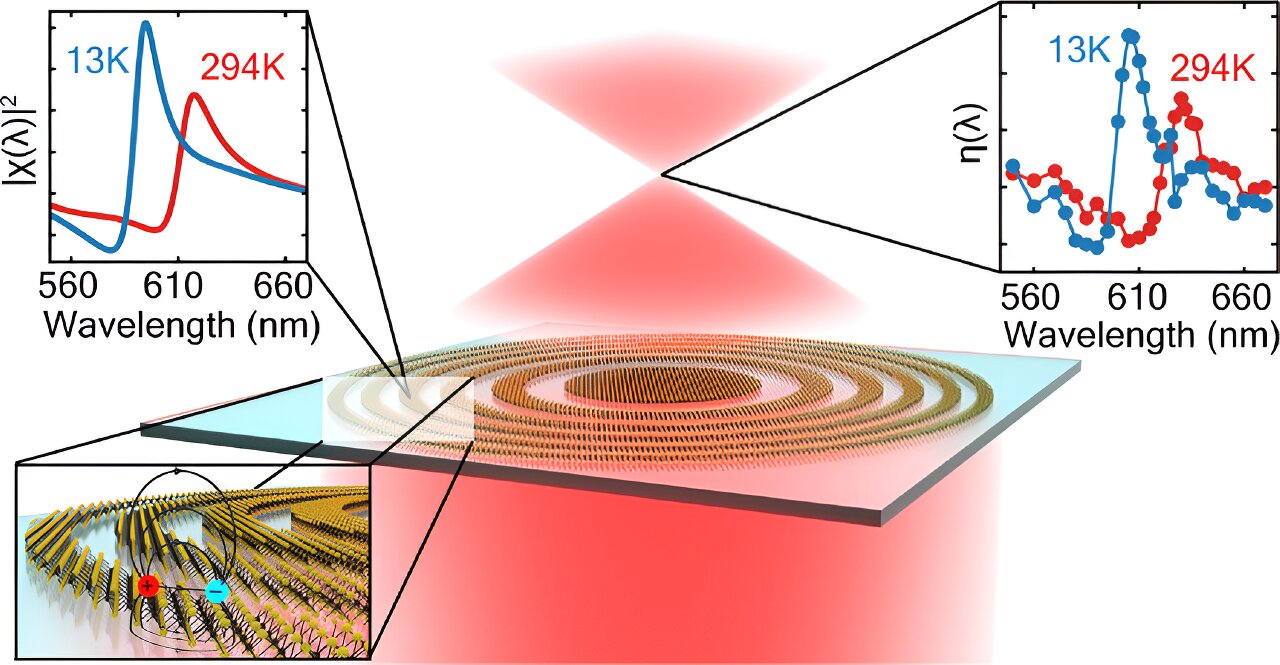
Lenses are used to bend and focus light. Normal lenses rely on their curved shape to achieve this effect, but physicists from the University of Amsterdam and Stanford University have made a flat lens of only three atoms thick that relies on quantum effects.

The device can be switched between its two states a trillion times a second, which is up to 1,000 times faster than today's leading commercial transistors.

The researchers' new concept demonstrates an unprecedented receiver sensitivity of just one photon-per-information bit at a data rate of 10 gigabits per second.

A French nanorobotics team has assembled a new microrobotics system that pushes forward the frontiers of optical nanotechnologies.

Inspired by the human eye, researchers have developed an adaptive metalens that is essentially a flat, electronically controlled artificial eye.

US Engineers have produced 3D images entirely out of light.

New platform, ARON, is a communications system designed to transmit real-world data via infrared light.

One of the world’s fastest detectors, capable of capturing images in billionths of a second, has been developed by the UK for use at the world’s largest X-ray laser, the European XFEL.

Researchers from ITMO University have built a setup for recording holograms of tiny objects like living cells with a femtosecond speed.

A new type of 3-D display could solve the long-standing problem eye fatigue when using VR and AR equipment by greatly improving the viewing comfort of these wearable devices.

Engineers believe that continued advances in creating ever-more exotic and sophisticated human-made materials will greatly improve their ability to control light at will.